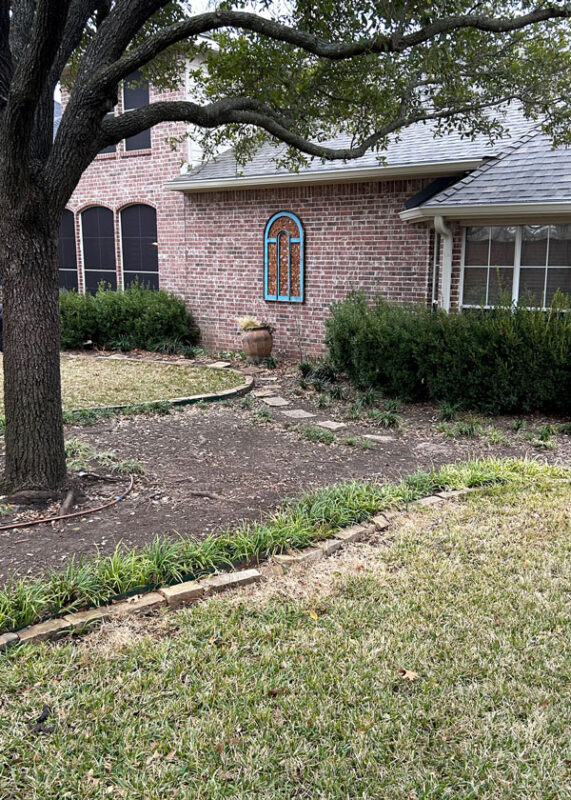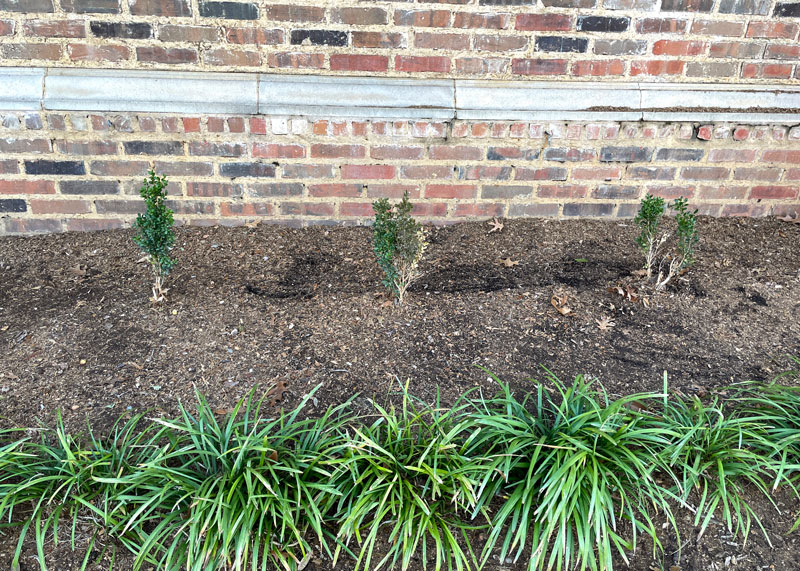Q&A – Ask Neil: February 13, 2025
(Please read these instructions carefully.)
Before you post your question, please look at recent issues to see if someone else has already asked it. You might find your answer there.
How to submit your question…
(Note: You may need to allow a pop-up window to come up in order to get the link for sending your photo(s). If you have already submitted your question and didn’t see the pop-up window, please click here.)
• Click the link provided below to post your question. After you submit your question, a new window will pop up giving you the address to which you can e-mail a SHARP, HIGH-RESOLUTION PHOTO to accompany your question. Please DO NOT SEND THUMBNAIL PHOTOS in case I need to zoom in to see things.
• Click here to post your question.
• Please ONLY POST YOUR QUESTION ONE TIME. We can only accept a set number of questions each week, and when we get duplicates it costs other people their chances.
• One question per reader, please.
• Please use this only for posting questions – not for standard emails.
• Watch for your answer in the following week’s e-gardens.
• I choose those of greatest general interest. For example, plant IDs seldom make the cut.
• I must have your first name or initials.
• I must have your city or county. (Texas is a very large state.)
QUESTION 1
WILL CHINCH BUGS AND TAKE ALL ROOT ROT COME BACK THIS YEAR?
Question: I battled chinch bugs and take all root rot last year. I put down all the products you recommended as well as peat moss to no avail. How do I prepare my soil to plant new grass this spring? Will this disease and/or chinch bugs come back this year? Randa M., Travis County.
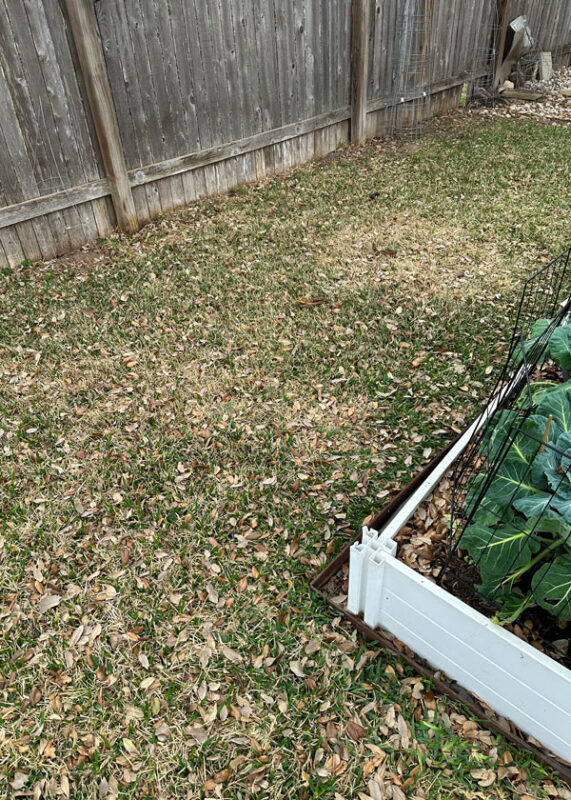
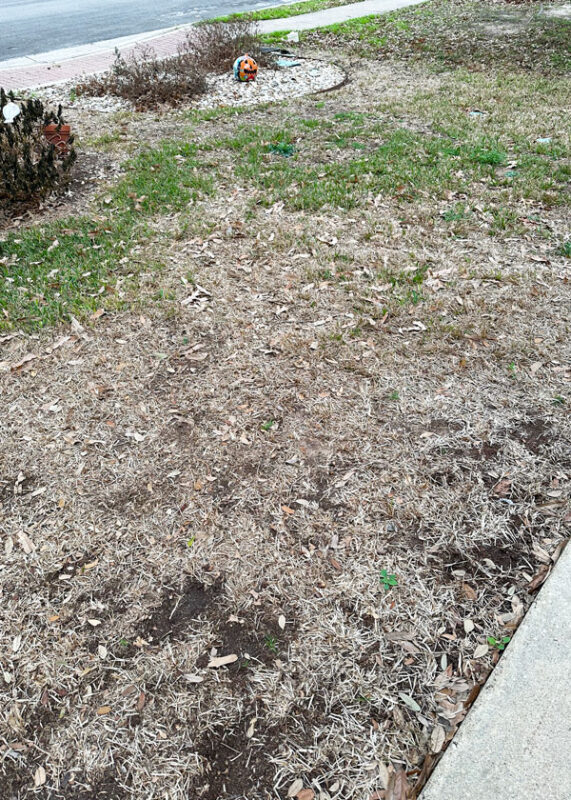
Answer: This first thing that jumped out at me in your closer photo (beyond the glimpse of your thriving vegetable garden – good job!) was the presence of brown patch fungus (also known as large patch). You can see the conspicuous circles of browned grass. They would have first become visible last fall as the blades turned yellow. You can always pull infected blades loose easily from the runners. I see what I think are other overlapping circles in the browned grass. That grass will all come back with new growth this spring.
I can’t see the grass in your other photo as well. I do not see much new green growth in it, so it may not come back as vigorously. That area is more challenging for me to address these months after it was lost.
I can’t tell how much sunlight either area might get in the growing season. I’m assuming, since you have the vegetable garden in one of them, that it’s full sun. That would also account for the chinch bugs. They rarely show up in shaded locations. Your first signs with them will be grass that looks dry even when the soil is still moist to the touch. They generally come back to the same hot, sunny locations each year, so watch there for them first. There are several good turf insecticides labeled for their control, but your success depends on early identification of the problem (usually in June in the Austin area).
The biggest problem will be take all root rot. For those unfamiliar with it, TARR shows up in March and April, perhaps into May as the grass greens up for the spring. Patches of the lawn will green up normally, while other areas will start growing lethargically. They’ll have yellowed blades, and some runners will even die. When you pull those runners they’ll come loose from the soil without resistance because the roots will have been killed by the fungus. It almost resembles damage of grub worms, but you won’t find any grubs in the dead areas (or at least not in the quantities of 4-5 per square foot that it would take to kill St. Augustine).
We used to recommend applying a 1-inch layer of sphagnum peat moss to lower the pH of the soil surface and in the process slow the development of the fungus. However, research found that the fungicide Azoxystrobin does a good job of killing, not just suppressing, the disease. It also works well in stopping brown patch as well as the summertime problem of gray leaf spot fungus.
I am a fan of St. Augustine, but it now seems that my turfgrass friend has more problems than I want to deal with. Nonetheless, I still have it and still try to protect it. I hope this helps. I certainly would try to eliminate the problems with the grass you now have rather than trying to start over with a new planting. Use that as a last resort.
QUESTION 2
CAN I TILL AMENDMENTS INTO THE SOIL BEFORE PLANTING GROUNDCOVER?
Question: I’ve stopped trying to grow grass around a large live oak in my yard. This season I’d like to fill the area with shade plants and groundcover but with the established roots I’m afraid to till in soil amendments before planting. Please help! Liz C., Allen.
Answer: First, if you have an arborist who tends to your trees, have them do something about that surface root that’s starting to girdle the trunk. Left as it is it will soon cause serious problems. It probably just needs to be cut and removed, although you’ll need to be very careful not to gouge into the trunk in the process. The cut surface of the surviving portion of the root should be coated with pruning sealant immediately after the cut.
As for your bed preparation, if this were my bed I would, in a heartbeat, plant regular mondograss (monkeygrass) – not the dwarf type. It will grow tall enough to conceal the roots, yet it wouldn’t require extensive bed preparation. I’ve used it beneath my own native oaks and pecans for the past 45 years and I’ve been very satisfied. I probably would transplant the liriope somewhere else in my landscape as the two closely related plants would grow together and wouldn’t be the best companions (hard to keep separated). You can use a mini-tiller to loosen the soil 2-3 inches deep to work in compost, bark mulch, and maybe sphagnum peat.
If you plant tennis-ball-sized clumps of mondograss 8-10 inches apart, and if you water and feed them regularly, they will be solid within 12 to 18 months. If this were my bed I’d put three very large decorative pots of different sizes (and maybe three different and cheerful colors) in a cluster for seasonal annuals or unusual textures. That would keep things simple and interesting.
QUESTION 3
WHAT WOULD BE BETTER THAN THESE BOXWOODS?
Question: Why aren’t these 2-year-old boxwoods growing better? At the time of planting, they were 1-gallons. Can you recommend something else that will do better under the canopy of red oaks? Jo D., Frisco.
Answer: Before I get to the plants, I’m concerned about the height of your planting bed. Where are the weep holes for your brick wall? Hopefully you haven’t raised the bed too high. If so, you may need to drop it down before you do anything.
Boxwoods aren’t as good in shade as hollies. Dwarf yaupon is the closest plant in appearance. It grows a bit wider than its height if left upruned, but it can be maintained at 24 to 30 in. height and 30 in. width fairly easily. I might prefer something a bit bolder, however. Perhaps dwarf Burford (grows to 4 or 5 ft., but can be maintained at 30 in. with pruning) or Carissa (30 in. tall and wide). I am a big fan of dwarf Chinese holly, and it would be what I would use here, but it has fallen from favor because of its prickly leaves. They don’t bother me, however, because I find it very easy just to avoid them. I planted 15 more in similar settings last spring.
One thing you’ll need to do with any new planting is to water them deeply and regularly. This soil looks very fresh and dry (except for where the hose passed over it quickly). I would also start with plants that are much larger than 1-gal. sized. They’ll give you a better look instantly, plus you can space them a little farther apart and still have a good appearance.
QUESTION 4
IS IT TOO LATE TO PLANT LARKSPUR AND POPPIES?
Question: I was out of town for several months last fall and didn’t get a chance to plant larkspurs and poppies. Is it too late to plant them now? Denise C., N.E. Tarrant County.
Answer: It’s too late to plant them from seed. They should be blooming within 6 or 8 weeks. However, some of the better independent retail garden centers may have potted transplants available now or in the near future.
Look at your beds where they grew last year. You might have seedlings coming along. You may not need to plant anything new.
QUESTION 5
I CAN’T GET RID OF POISON IVY.
Question: I can’t find anyone who will get rid of poison ivy for me. I’ve been trying for about 18 months. I have sprayed with triclopyr brush killer. I’ve dug it up, roots and all. It keeps sprouting up all over the yard. Bennett M., Fort Worth.
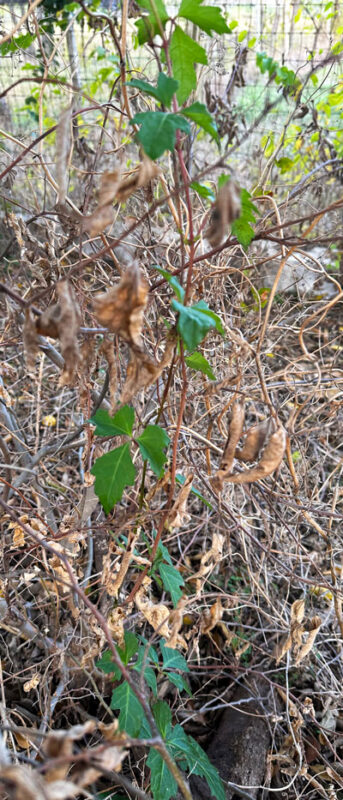
Answer: These are two unrelated plants, neither of them poison ivy. The vine is called by a variety of common names so I’m just going to give you its scientific name: Cissus trifoliata. It’s native across much of Texas. I encountered it as a teenager in the Hill Country. I’ve enjoyed it ever since, although I can imagine if you don’t want it, it’s on your list to eliminate. A sharp hoe or sharpshooter spade or both will get rid of it. Sprays won’t do much good because of its waxy leaves.
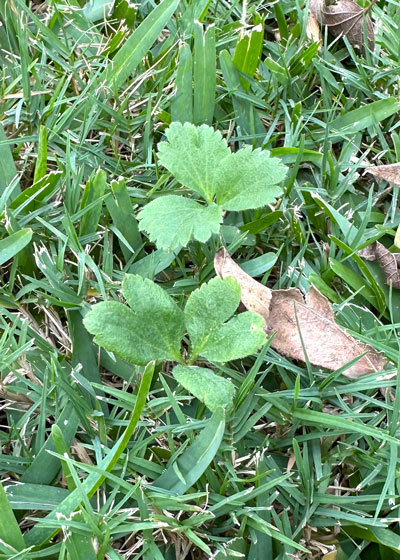
As for the other weed, I’ll leave its naming rights up to real taxonomists who do that for a living. I see it all the time, but it’s never a major threat to our lawns or to us as lawnkeepers. It’s one of dozens of types of broadleafed (non-grassy) plants that can pop up in turf. I would suggest that you apply a 2,4-D product while it’s growing most actively this spring. Those are labeled as broadleafed weedkillers so you’ll have no trouble finding one. When applied with a tank sprayer where you can be very precise with the amount and pattern of distribution, you can get excellent control.
QUESTION 6
CAN I USE BROKEN-DOWN CARDBOARD BOXES WITH ORGANIC HARDWOOD MULCH TO STOP WEEDS?
Question: I’m tired of battling weeds and grasses in my landscape beds. I prefer not to use chemicals in proximity to desirable plants. Is it safe to use broken-down cardboard shipping boxes covered with organic hardwood mulch around the desirable plants? Karen R., Cooke County.
Answer: I wish I knew which grasses. It would take a long time, for example, to kill out bermudagrass, Johnsongrass, or nutsedge. All that while the beds may not be looking their best. You’ll get better results using weedblocking landscape fabric topped with the mulch.
I certainly respect your desire not to use inorganic products, but for anyone else, the quickest way would be to spot-treat with a glyphosate herbicide using a trigger squeeze bottle. It does not contaminate the soil, and it does an excellent job of eliminating unwanted grasses once they are growing actively.
QUESTION 7
CAN I USE COMMERCIAL COMPOST AND MANURE ON TOP OF MY PERENNIAL BEDS WITHOUT WORKING IT INTO THE SOIL?
Question: I use a commercial brand of compost and manure. My question is, can I put it on top of my perennial beds now without digging it in? Faylene H., Van Zandt County.
Answer: The compost will act as a mulch to conserve moisture, even out the temperature swings, slow or prevent erosion, and reduce populations of weeds, but it won’t help to loosen tight soils like it would if it were mixed into the soil. Of course, you can’t exactly plow your way through your perennial garden anyway while the plants are growing there, so this is a good way to use it.
Manure on top of the ground provides a slow-release, low-analysis fertilizer that will improve the soil’s fertility over an extended period of time. However, once again, unless it’s mixed into the soil it won’t have the benefits you gain from adding organic matter to your ground. But, since we’re here in mid-February, I’d say go ahead and spread a thin layer of them across the beds.

